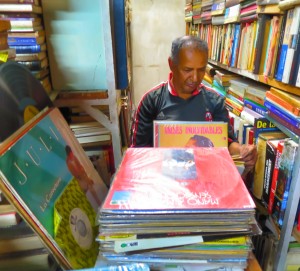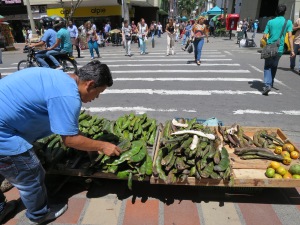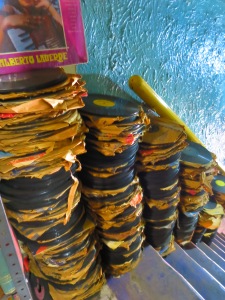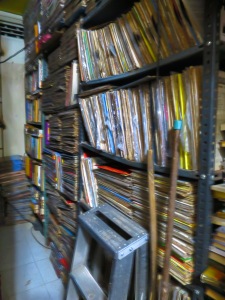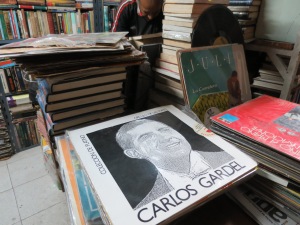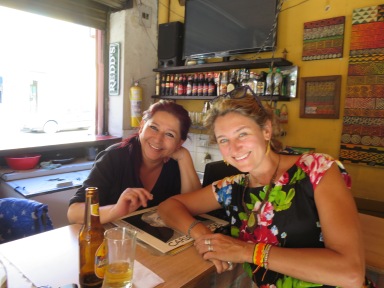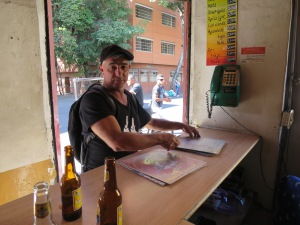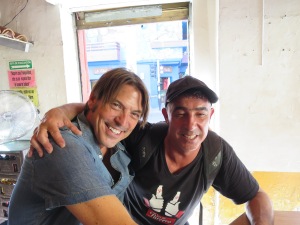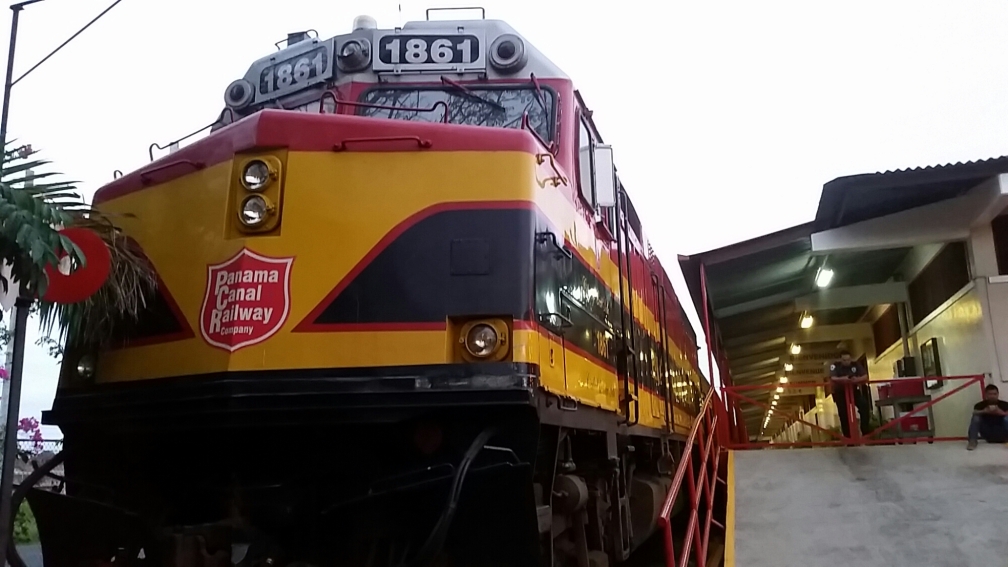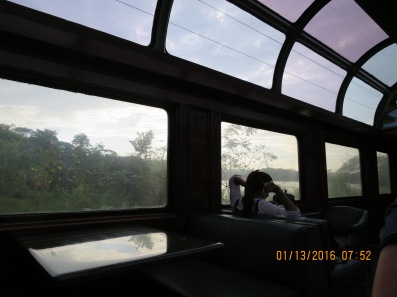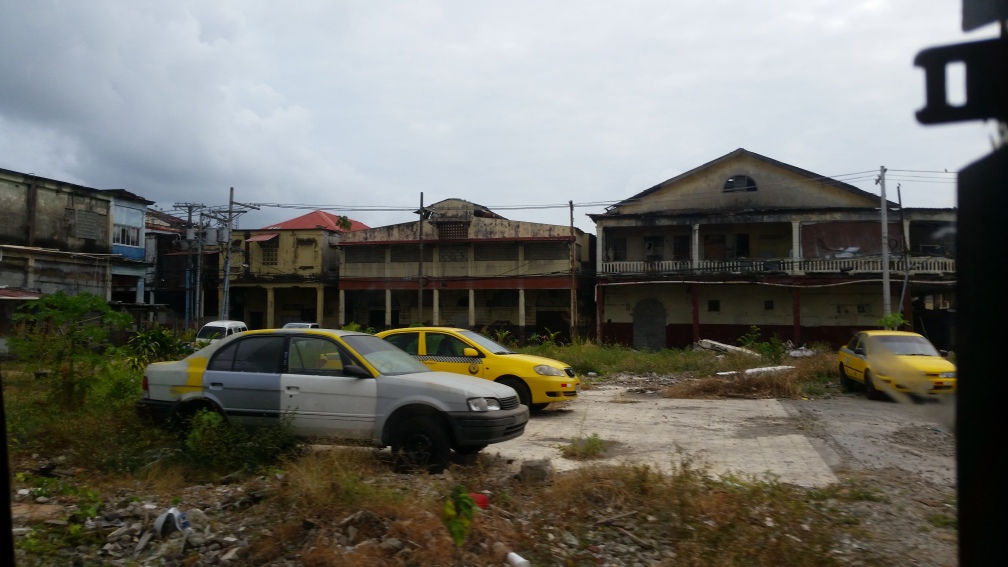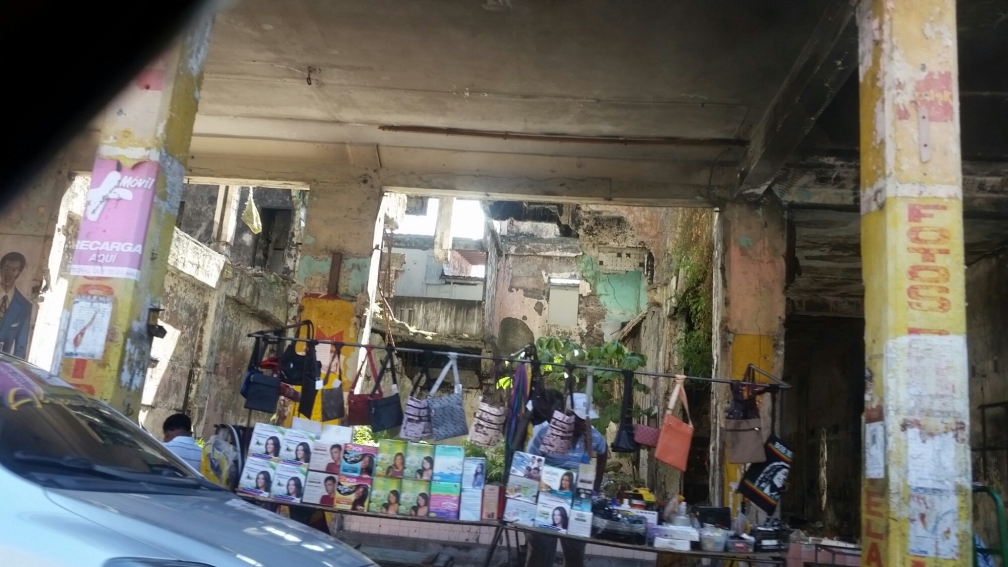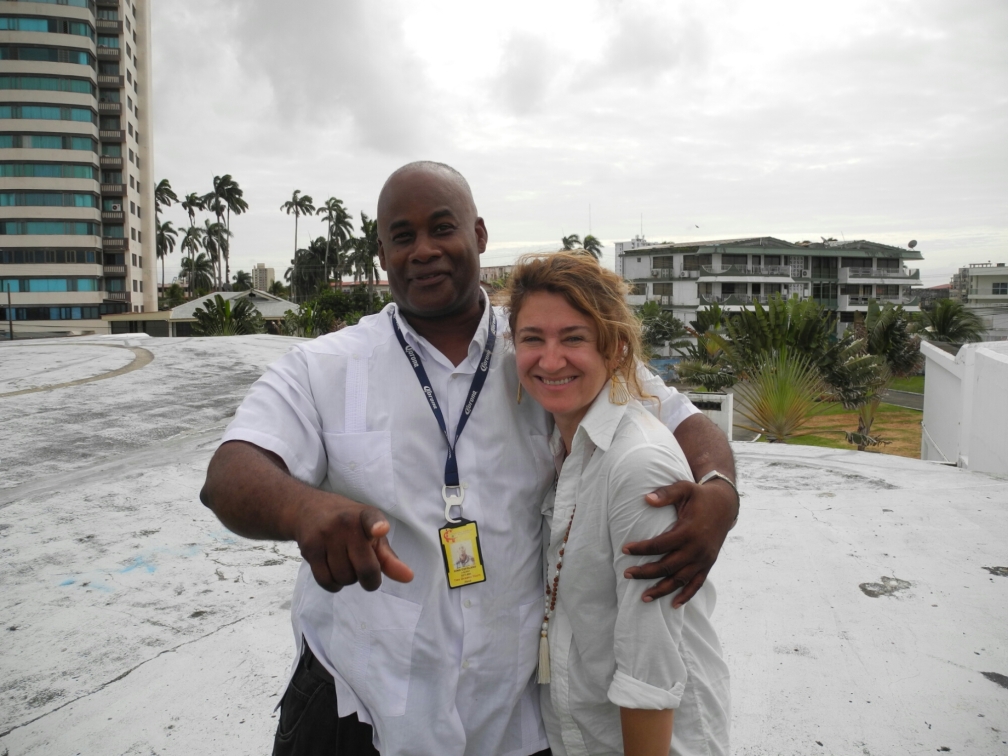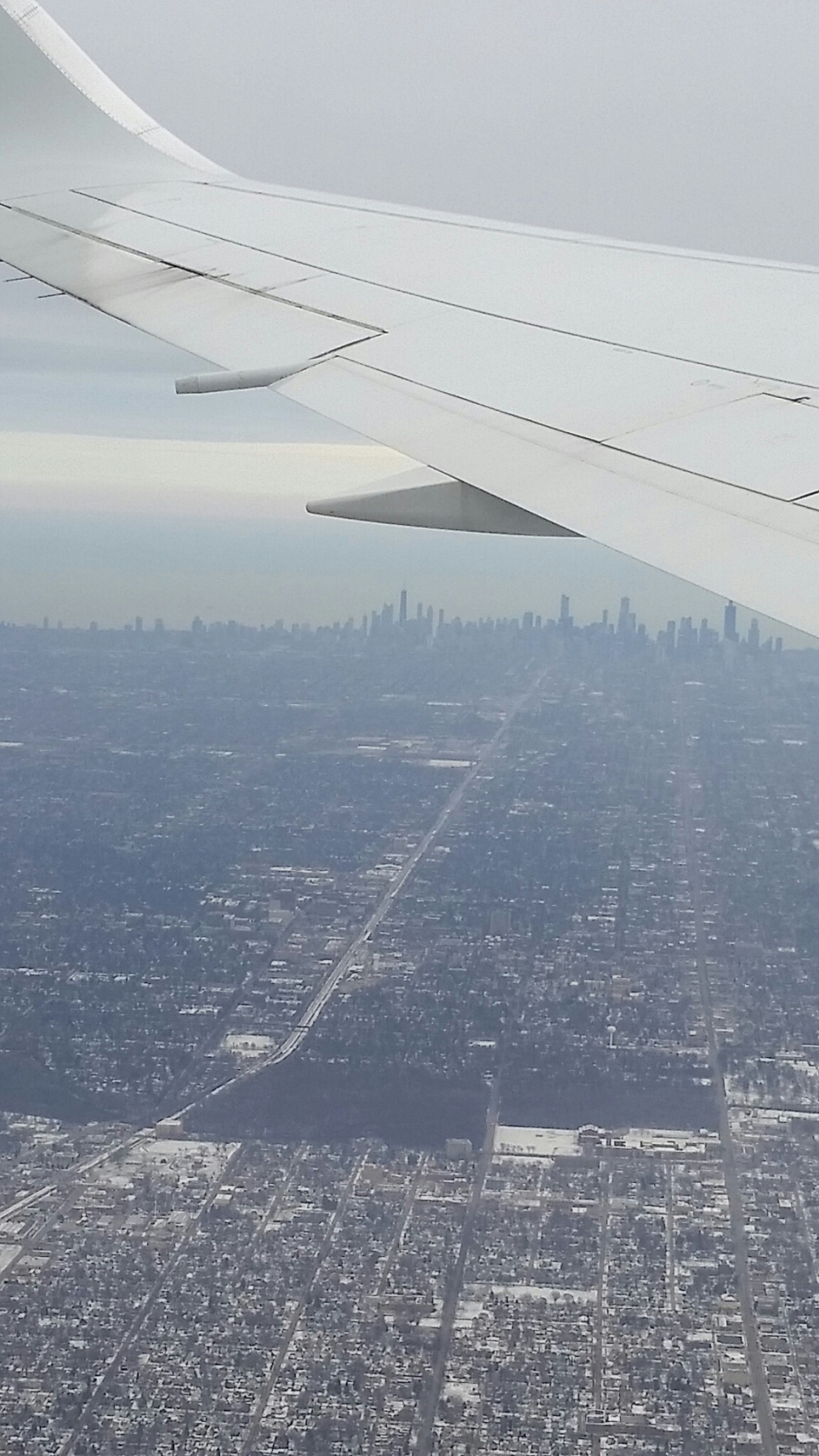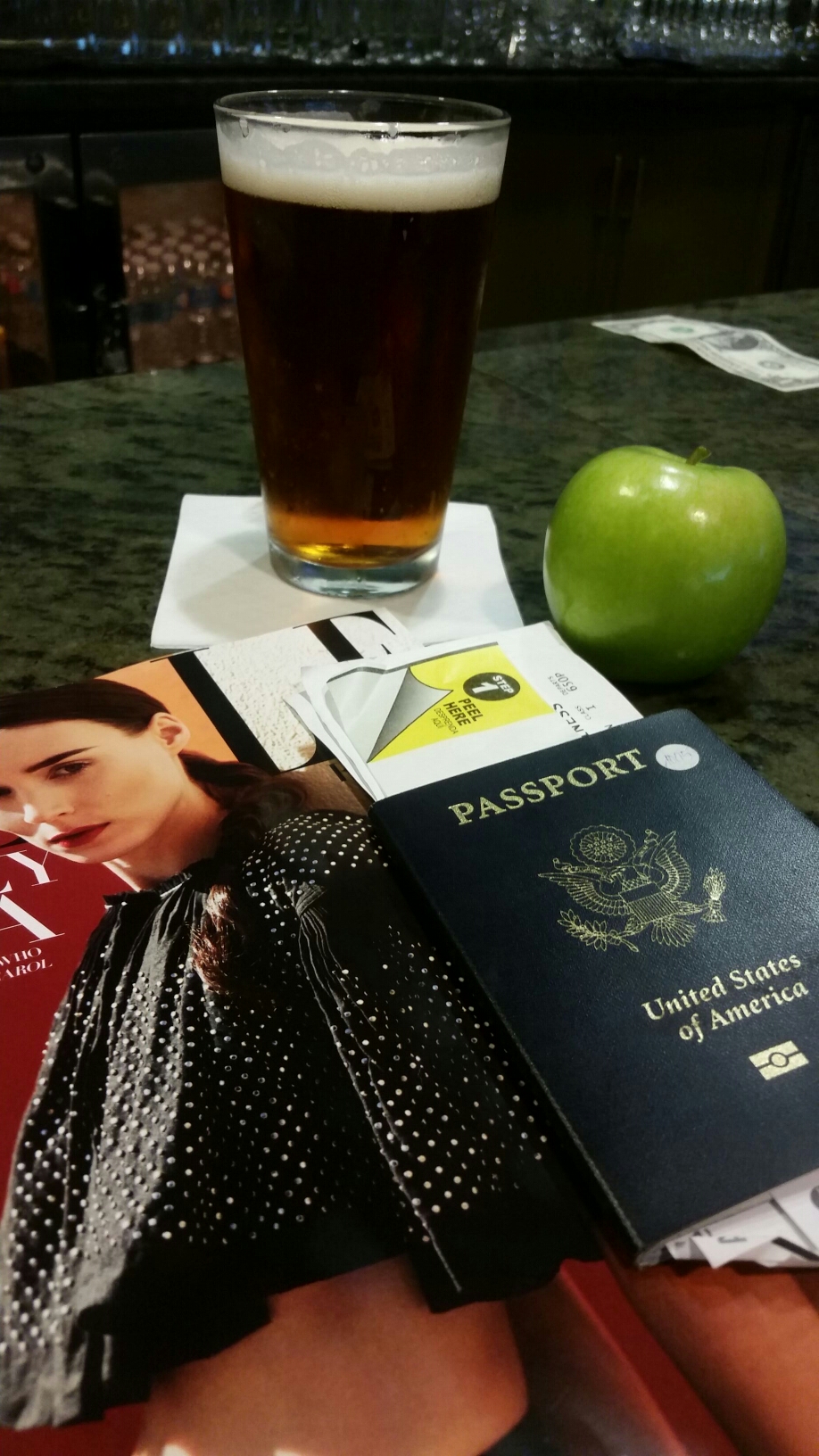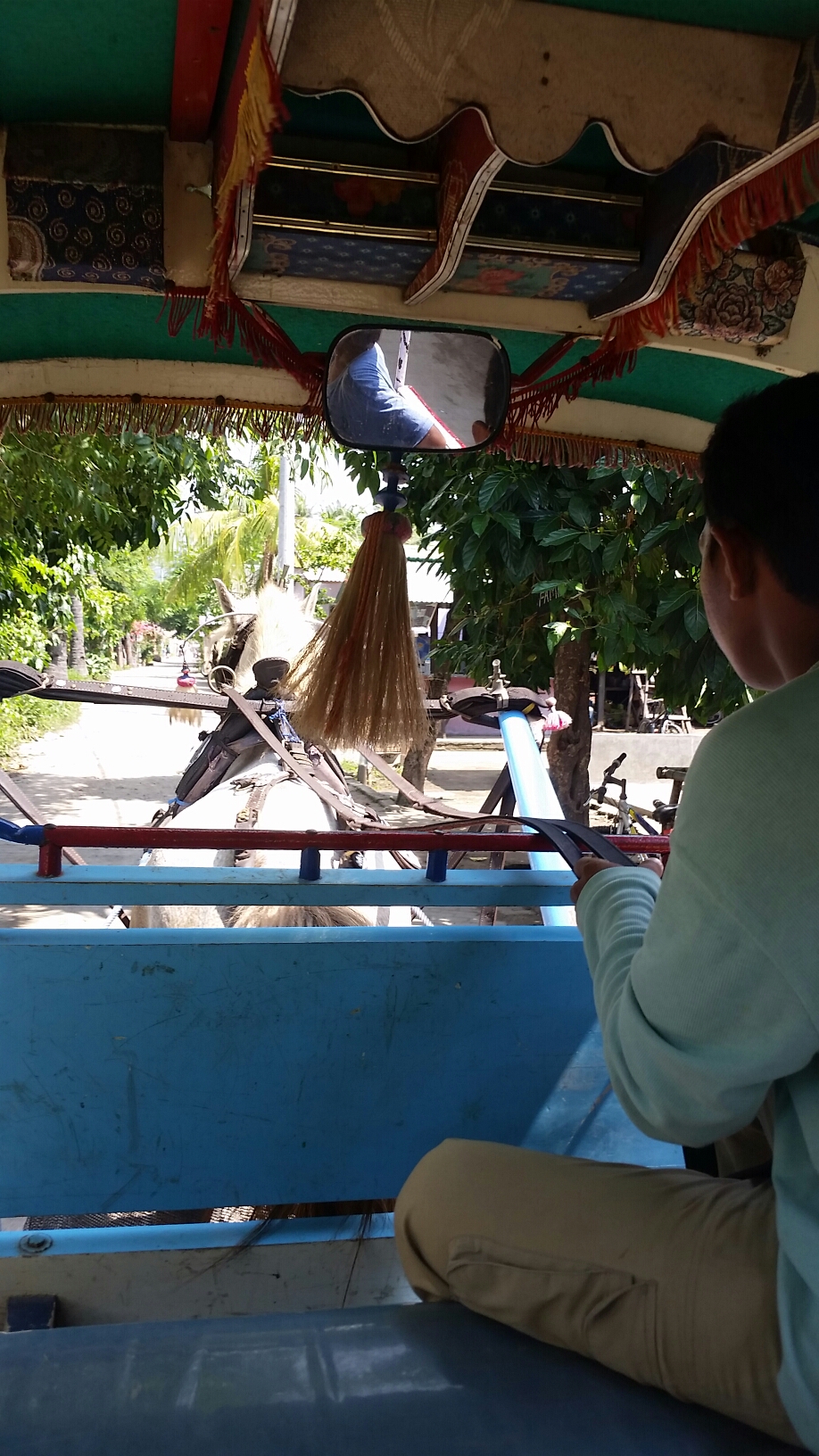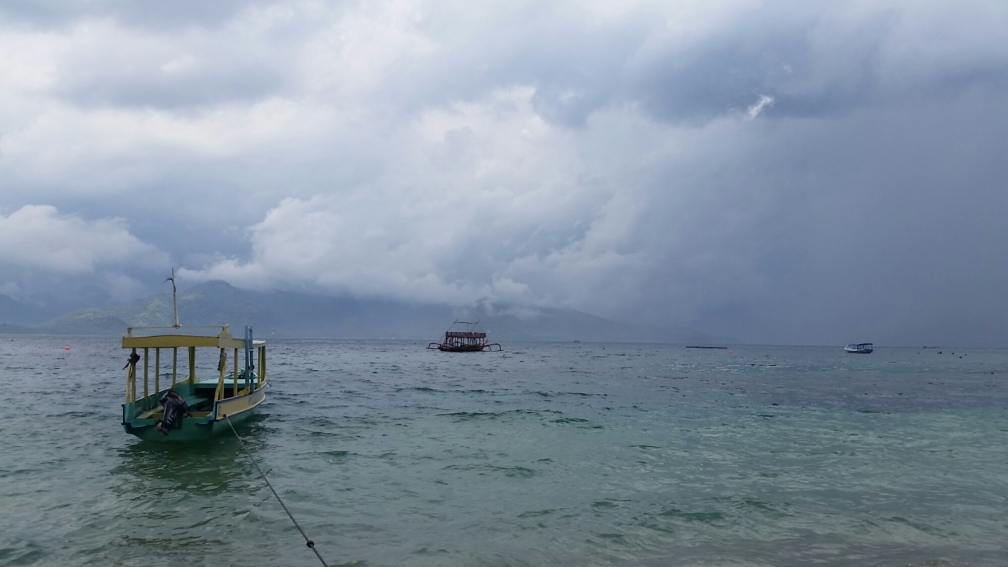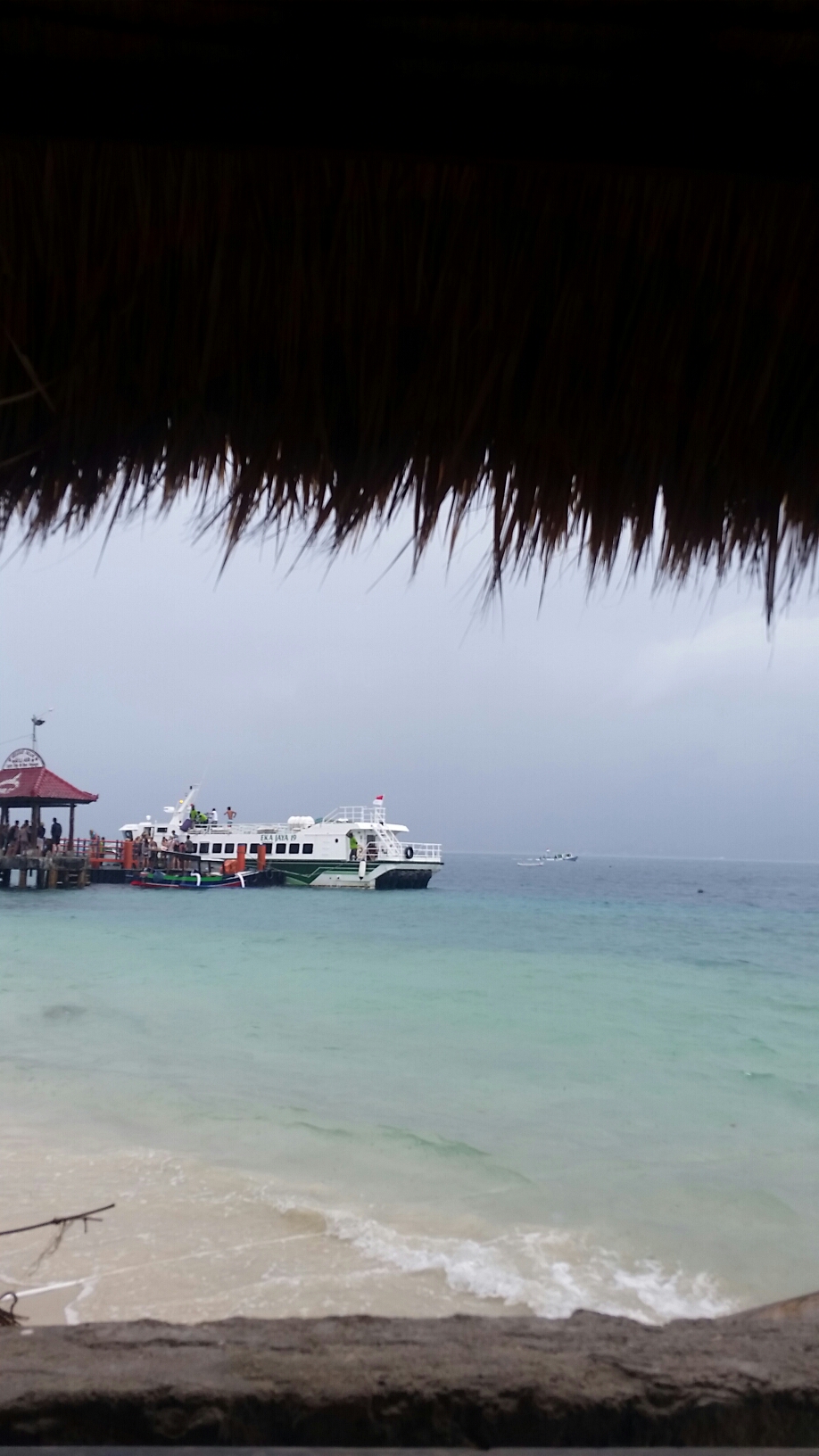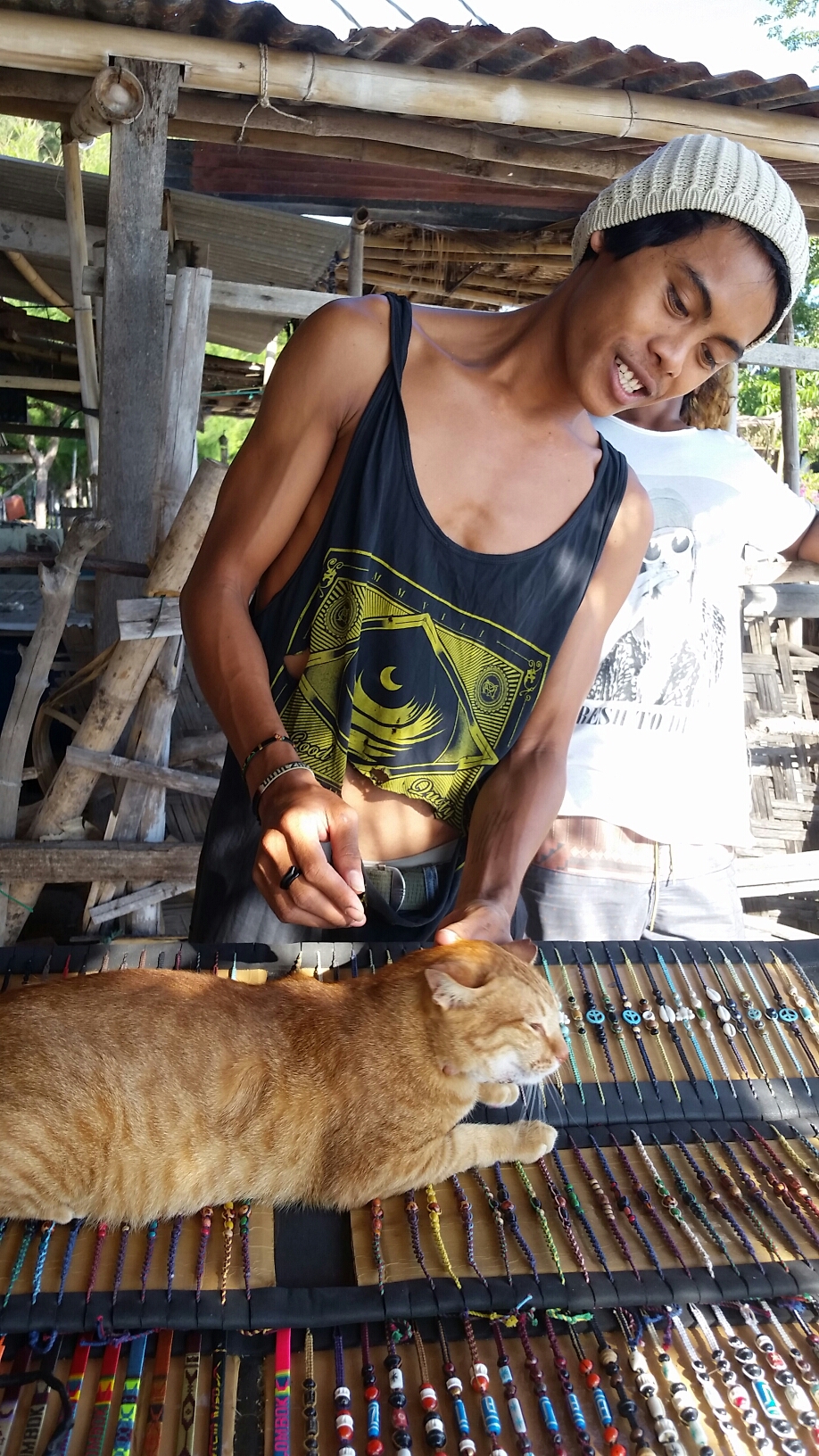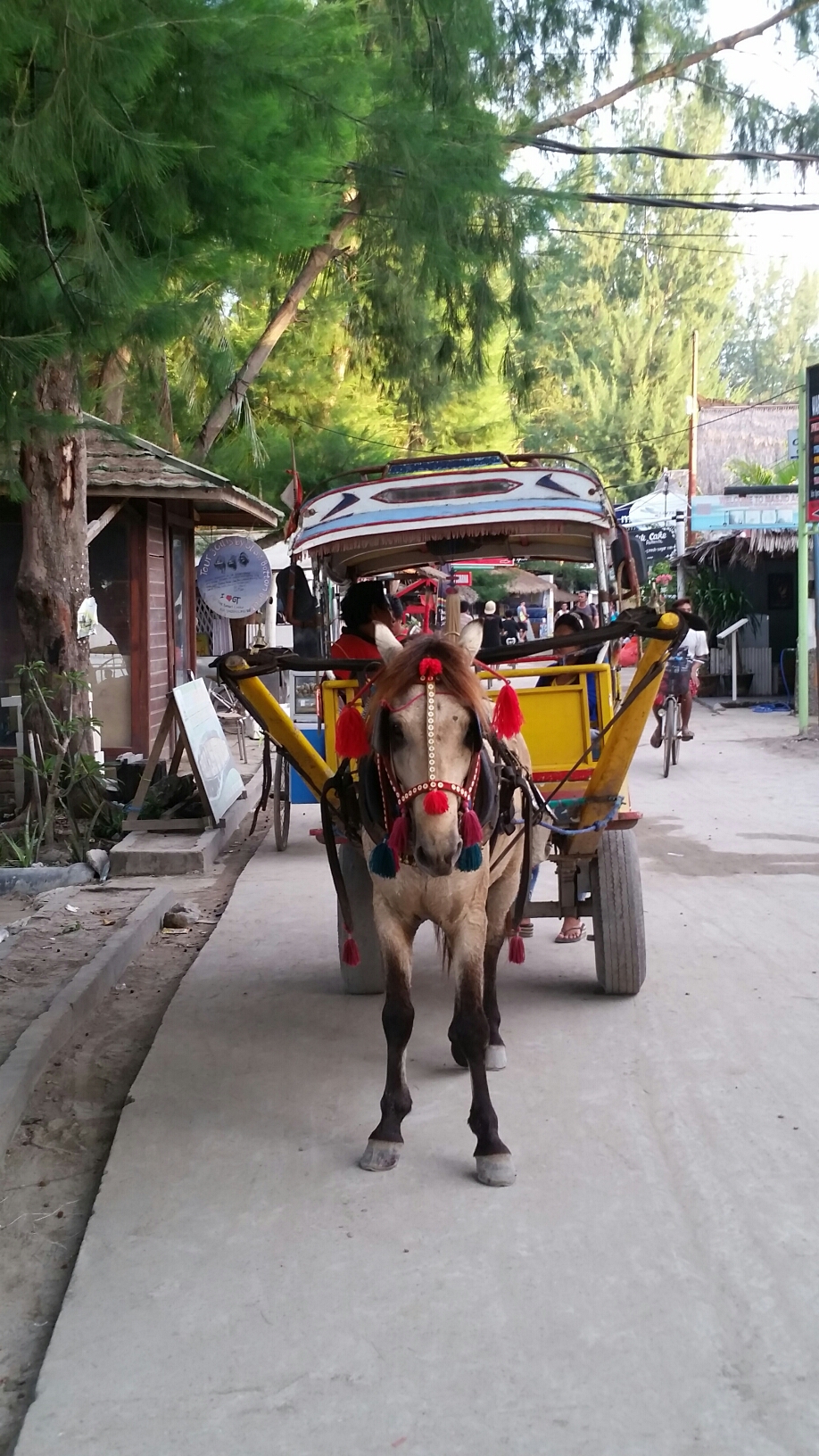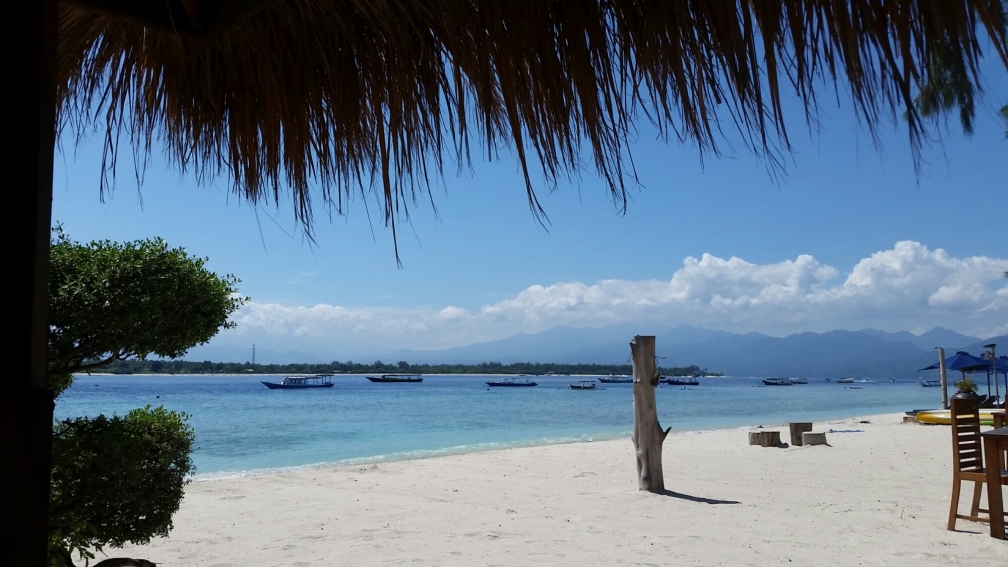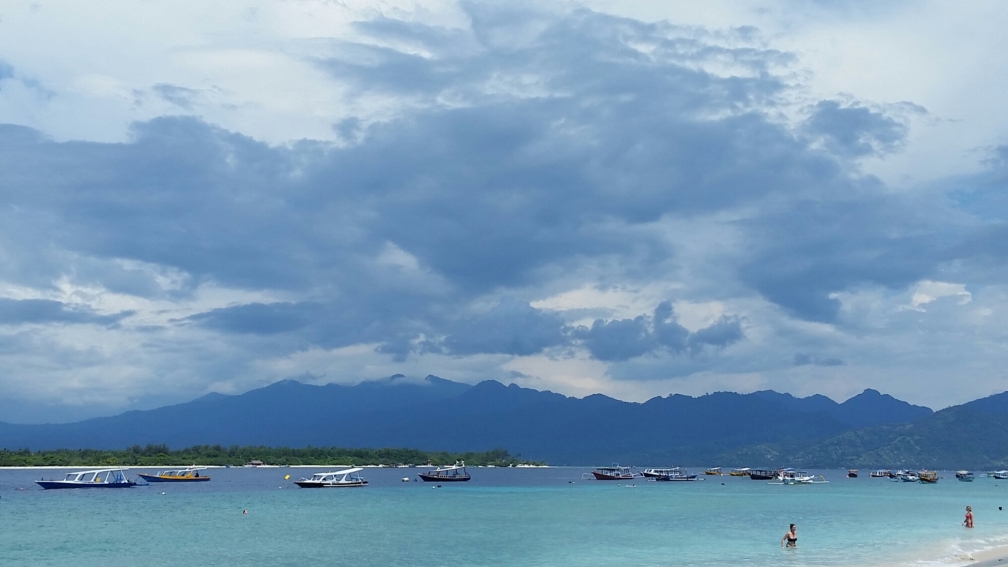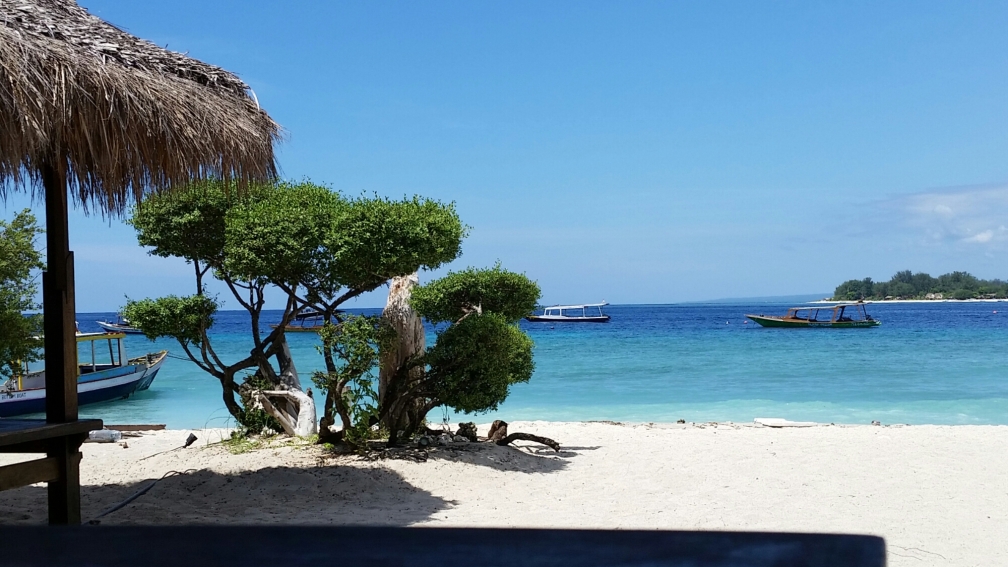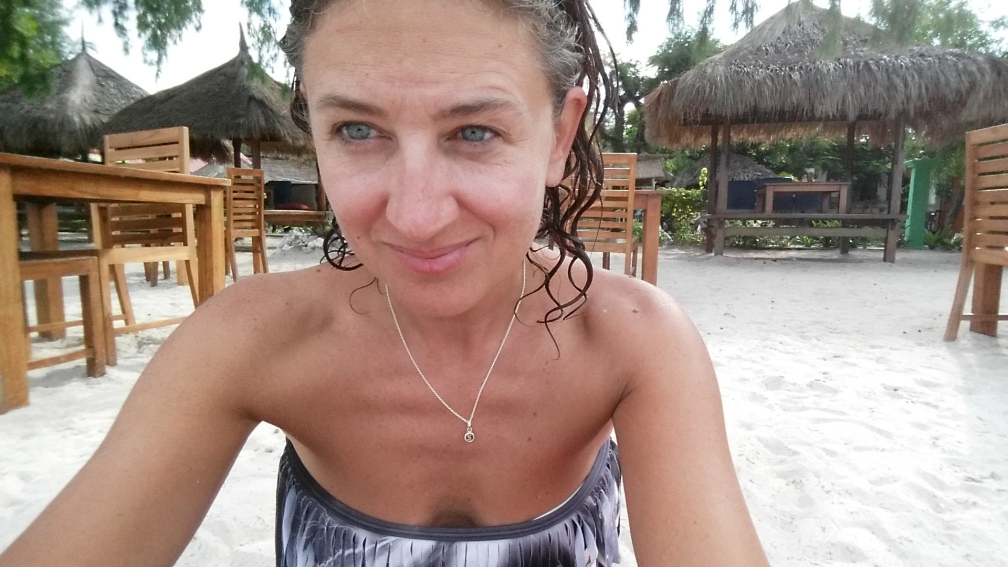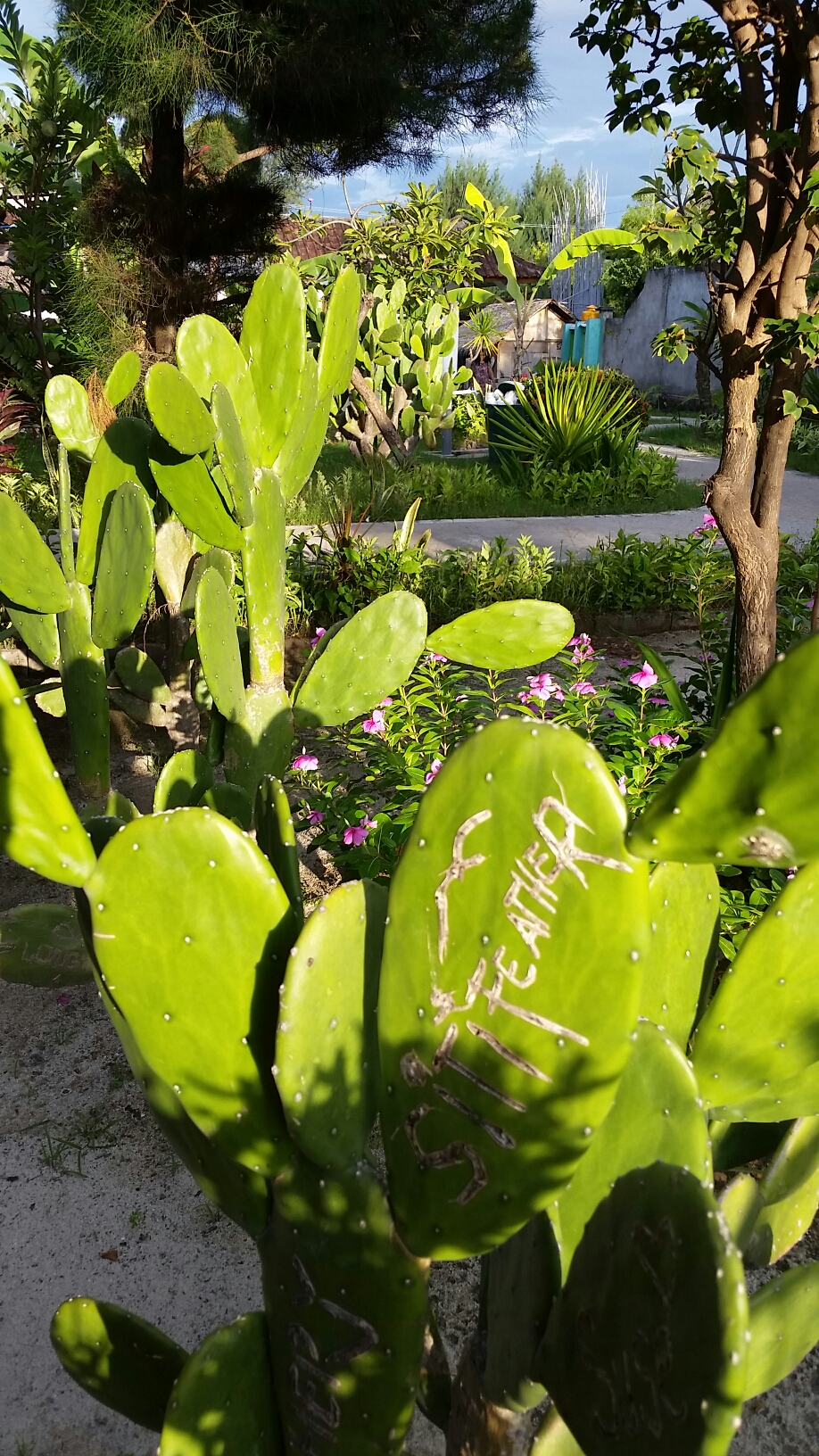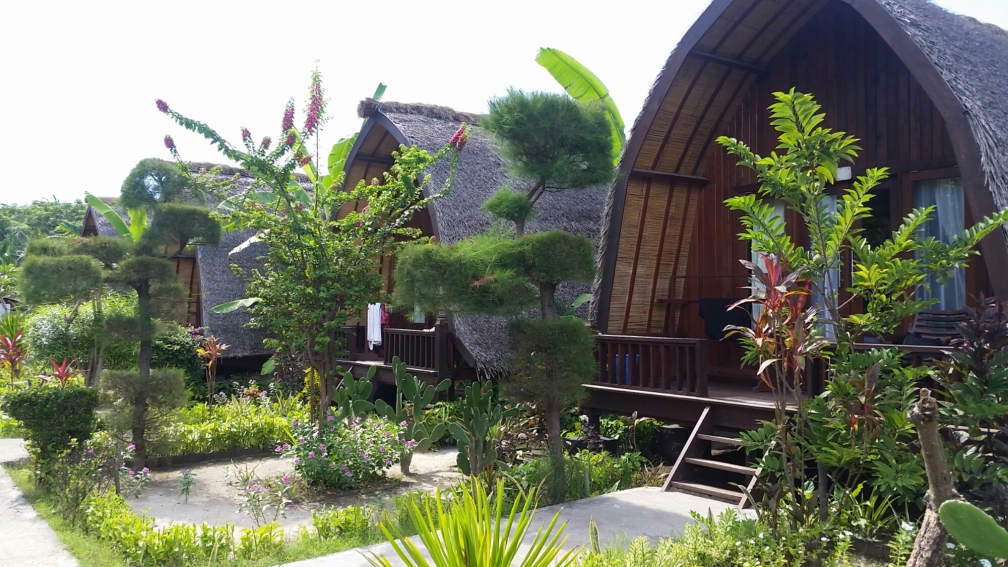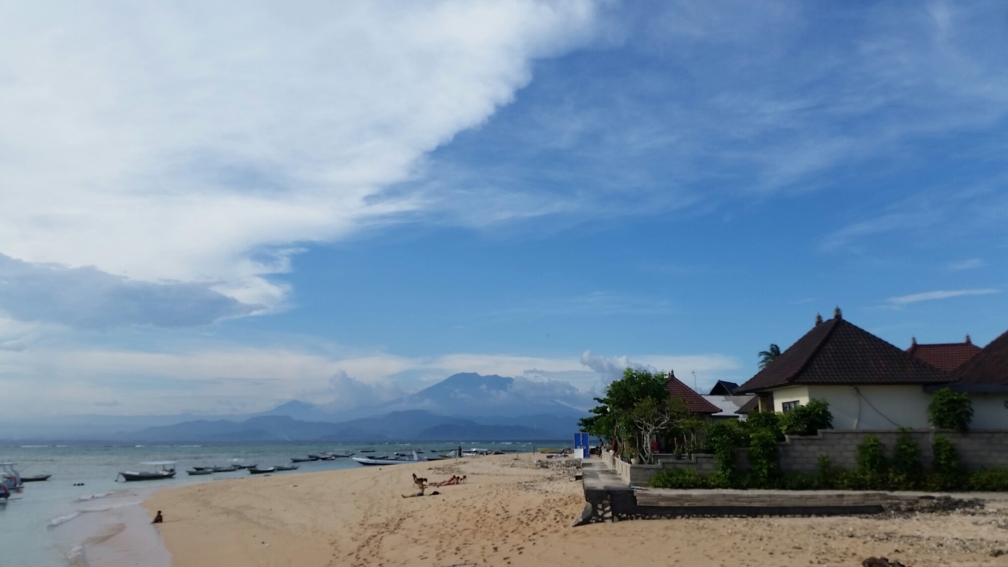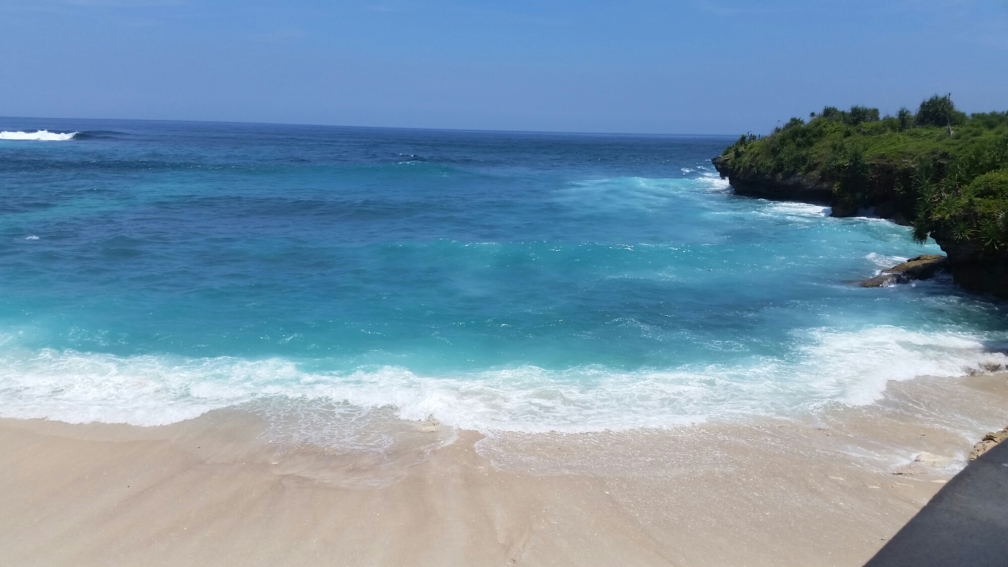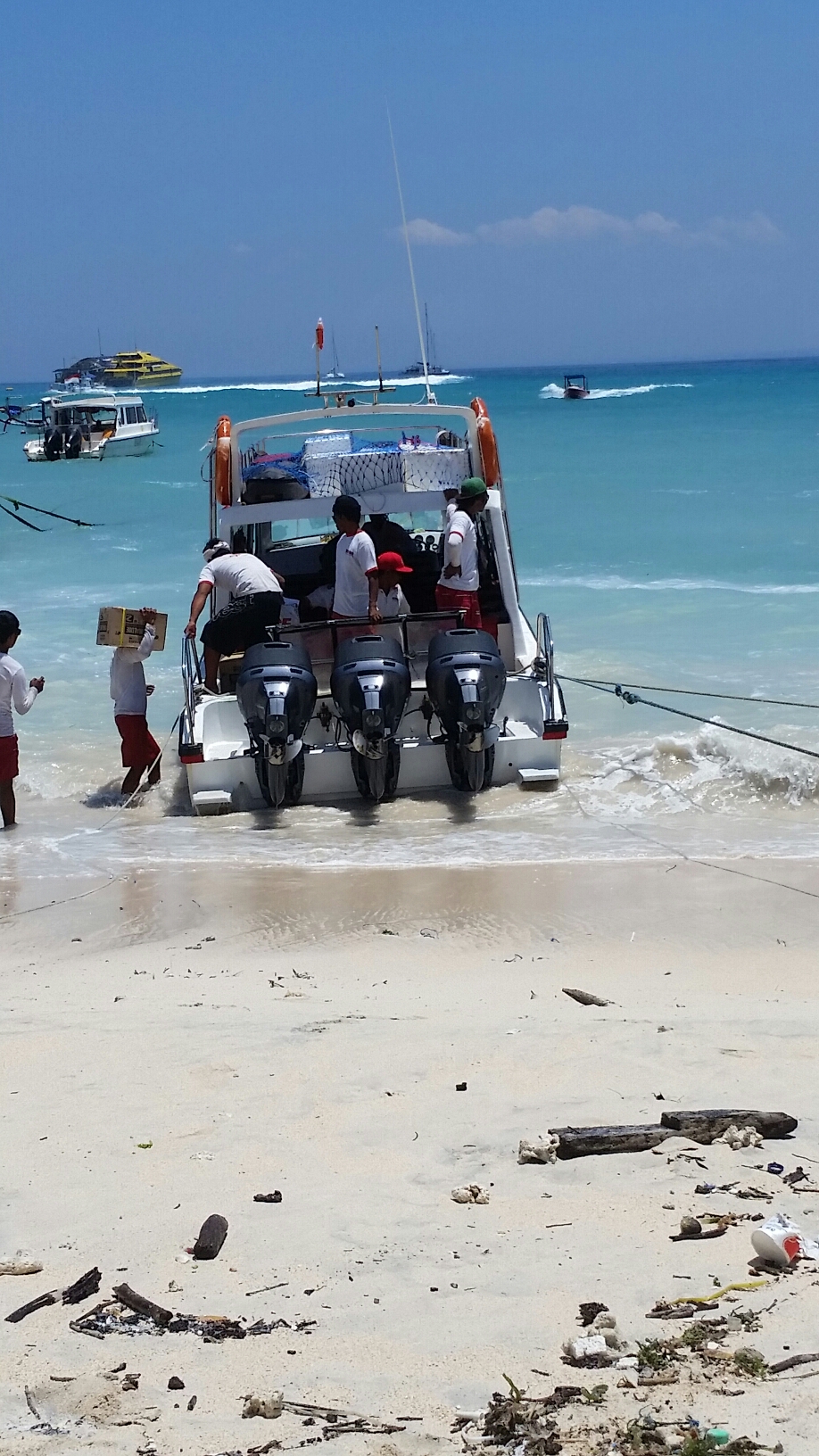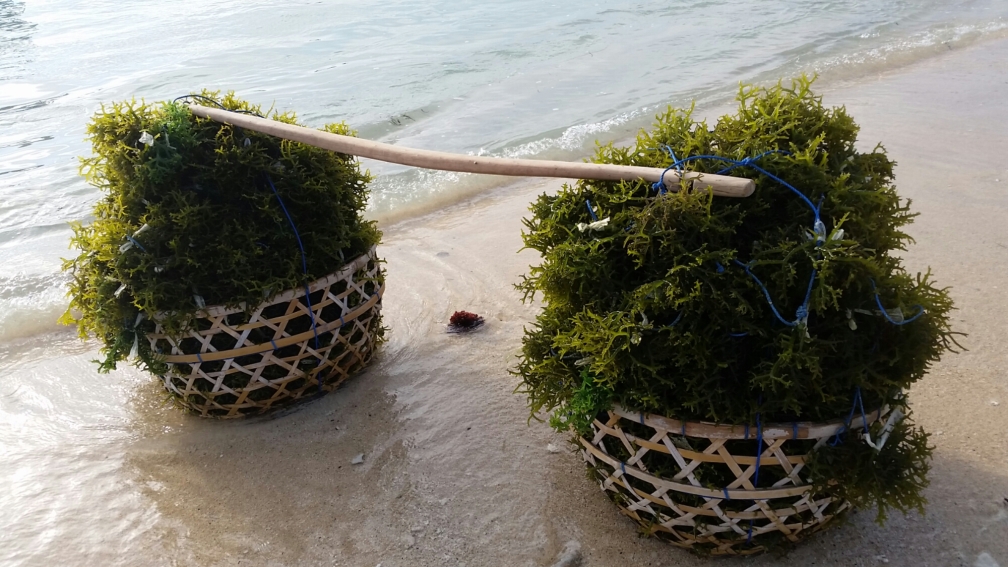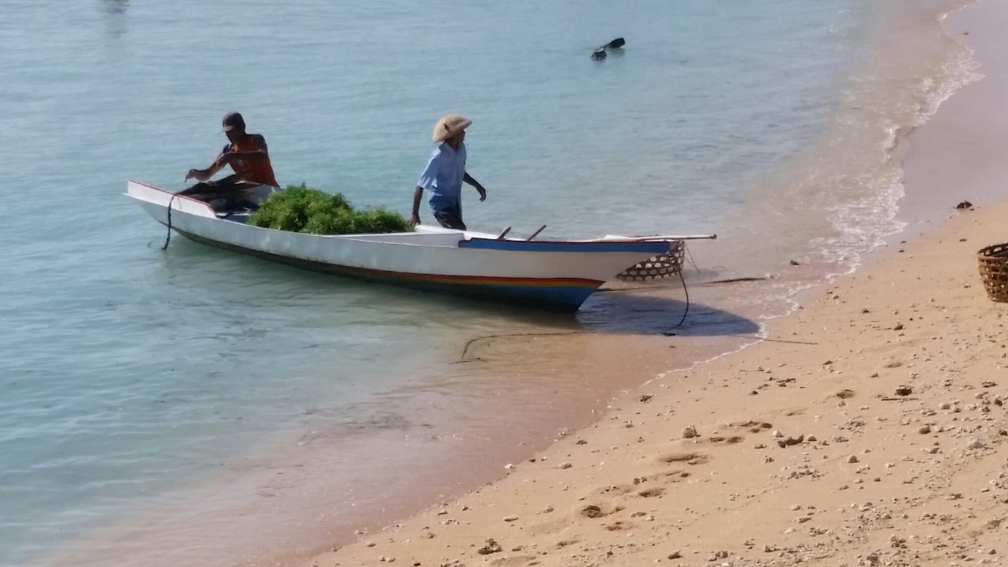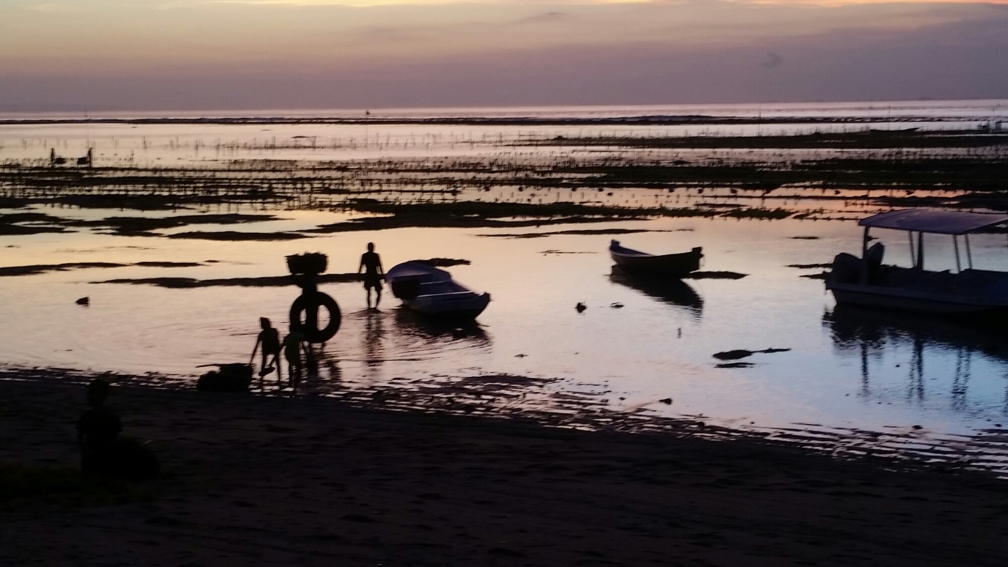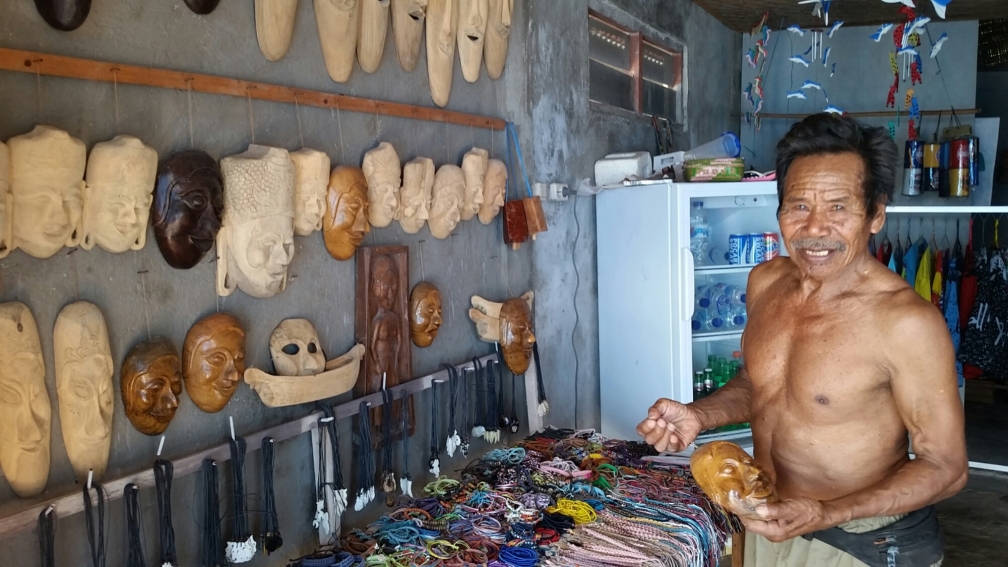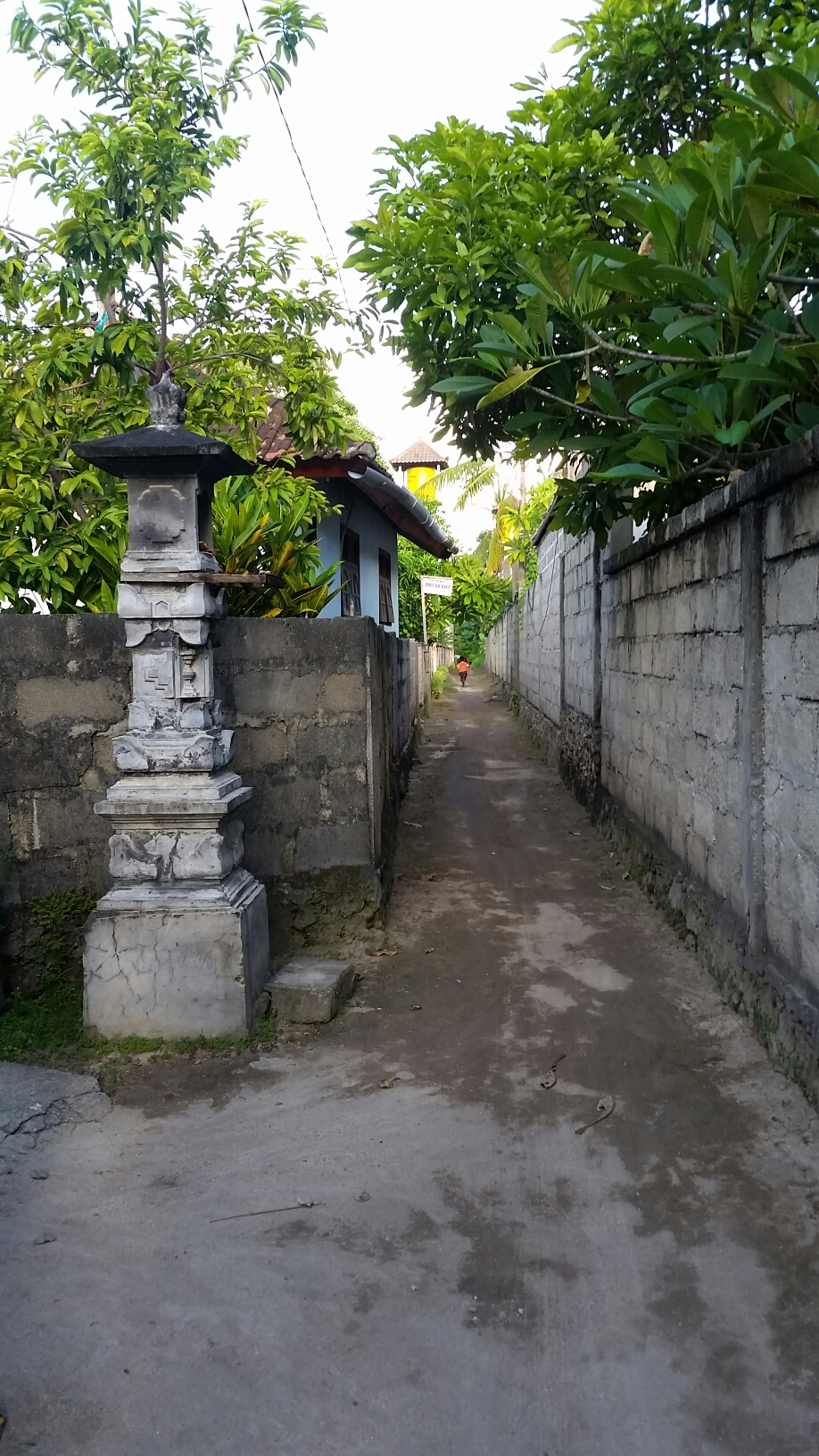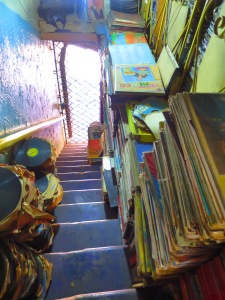
A narrow flight of stairs leads up to the shop, covered with 78’s and albums covered in decades of history and dust.
Somehow we always manage to end up in a corner bar, in the middle of the afternoon, in an area of town that doesn’t see many guests from outside the neighborhood. It all started because I got a wild idea to search the city for a record shop. I grabbed my phone and typed into Google, “record stores near me” and a few places popped up, though I found no other information than an address. No reviews, no photos, no websites…just cryptic addresses containing mostly numbers, like this one: Cr 50 No. 55A-07 – 55A-05 Apto 202.
It would prove to be an adventure.
My friend and I start walking in one direction, trying to make sense of what is a calle and what is a carrera, and what direction the numbers are going to at least be able to orient ourselves a bit. It’s hot. We are in Medellin, a city at 5000 feet above sea level, and we have had food poisoning and not eaten much for three days, yet I am determined to find at least a single shop selling vinyl in this city. So the search begins.
The streets are so alive with colors and sounds and exotic fruits and strange shops selling healing herbs and dried flowers and natural remedies. We wander down streets with shop after shop selling religious items: statues of the Virgin Mary, amulets, candles, rosaries and laminated prayer cards with the saints names and pictures on them. I say a silent prayer that the saint of music, if one exists, guide me to the elusive record shop. Next came the fish and aquarium district with everything you need to start your own underwater environment. Fish tanks, water filters, painted plastic coral designs, and some rather sad looking fish held captive in clear plastic cups, but still no sign of a record shop.
We check the phone again and realize we were off by a street and have been rerouted. Thankfully we have unlimited data here in Colombia, because there has been much rerouting at this point. We continue down a road lined with small cafes serving comidas corrientes, simple meals of the day for less than $1. A mostly male clientele sits eating el almuerzo, the midday meal in Colombia, in an area just behind Plaza Bolivar. I get a few stares and a few under the breath comments from some men here who could be mistaken for cowboys, “Hola linda, preciosa, bonita.” I guess I should be flattered but I am still not used to the very archaic gender roles still practiced here by some of the local caballeros. I just stare ahead, focused on my destination which we know must now be close.
We are in an area of fish markets and butcher shops and the smell of raw fish disrupts my concentration. It suddenly looks a little seedy. There are hotels, small ones without any other information outside, just that word, HOTEL, and a narrow staircase leading to a mysterious lobby that may not exist. Usually these doorways are occupied by a woman (who may be a man) in too much makeup and clothing that fits a bit too tightly. It is not quite 1:00 pm but the streets are alive with a sexual energy that is the polar opposite of what we saw a few blocks earlier surrounded by Jesus and the saints. We are clearly in the less salubrious side of town and I begin to wonder why a record store would be located here at all.

There is a woman, who is actually a man, wearing a black fishnet type one-piece minidress with nothing under it- no bra, just a tiny pair of undies and black suede boots. She is in heavy makeup and has eaten a few too many arepas over the years but still manages to get a few glances as she struts her block. It is a working class area, and the streets are alive with music, buses, carts being pushed loaded with fruit, sunglasses, all sorts of snacks and refreshments and household items.
There are men pushing a cart up the road, delivering an old refrigerator somewhere. There are occasional beggars who ask patrons in the tiny bars lining the street for a few coins. There are young boys in baseball caps smoking a joint and looking like they have nowhere to go. And there are more prostitutes. And there is my friend and I and Google and an address we can’t seem to locate.
And then, we see it. A single black circle pained on a wall, with the words Libros y Musica (books and music) and inside some record covers hang on the concrete wall. We have arrived. But the rod iron gate is locked and all I can see is a flight of stairs loaded with piles of 78’s on each step leading up to the first floor shop. I yell up, and after a minute a man appears and comes down fumbling with his keys a bit surprised to see us, and let’s us in.
“Bien pueda, a la orden, si senora, adelante, que este en su casa…” He kindly invited us to be at home, to browse, to explore. I didn’t know where to begin. There was no obvious logic to his system, no alphabetical order, no genre categories. There was barely enough of an aisle to snake through one room to the next and each room seemed to hold more that the last. It was dusty, and the books and records were piled in every direction. I happened to look down and see a record by Carlos Gardel, who had been a favorite of my grandmother and her sisters. I heard stories from family of how she and her three sisters, society girls at the time, had met Gardel and seen him in Medellin often in the 1930’s. They came to be known in the town as las hermanas Gardel, the sister’s of Gardel. Gardel died in 1935 in a plane crash leaving Medellin, and his music has always reminded me of my grandmother and her stories of Medellin as a young music fan. My love for music has always been in the blood.
I decided to just grab a few records based on the album cover and without knowing much about them. I also found a few from some other classic singers from Latin America that I had heard over the years. Giro, the owner, said he has over three hundred thousand records! I don’t know how accurate he can be, given the disarray in that shop, but it felt about right to me. Most of the records were under a dollar or two, though none had prices on them that I could see. The plastic that protected them was covered in a filthy dust that turned my hands black in no time, just like the owners hands, but it didn’t matter. I loved the shop, and I loved the man who so kindly let me in to browse and made me feel at home. I loved the feeling that I had discovered something really hidden and special in a corner of the city I never would have ventured to without this mission of buying records.
What happened after my record buying is another great story. While I was lost in the maze of dusty vinyl, my friend had wandered out into the maze of local streets on his own and quickly made a few friends. We went to a corner bar to have a cold beer and look through my new vinyl collection. He had already met the owner, Claudia, who told him he should not stand on the corner texting but come inside off the street. The locals who passed by her corner bar, Taberna Las Delicias could be “gente rara” she said, odd people. We too were an odd sight for the locals and getting a few more glances than the man in the one-piece fishnet outfit, who still lingered hopefully on the opposite corner.
We ordered two Aguila, the local beer, and I had her make mine a michelada, with fresh squeezed lime and salt, explaining that I had not had any alcohol in days and was still getting over a stint with food poisoning. Claudia was one of those bartenders you just wanted to share your troubles with and have take care of you, and she did. She spoke with that delicate Medellin accent that ebbed and flowed and seemed to embrace your soul. She made everyone who wandered into her bar feel welcome and special and her laugh was contagious. She kept a small but spotless bar with just two stools on one side, where we sat, and standing space on the other side plus a few tables in back. There was a urinal in the back corner which men from the street occasionally asked to use, Claudia always kindly allowing.
I told her about my visit to the record shop, which was just across the street and a few doors down. I pulled out the dusty vinyl one by one, and she examined them carefully. The two other men at the bar looked up from their beers curiously. After seeing my selections, it was as if we reached another level of confianza, and the music she was playing on Utube on an old computer behind the bar changed. She started playing songs from the albums I had selected. She put on some Julio Jaramillo, an Ecuadoria famous for his boleros, pasillos, valses and tangos. The other men in the bar seemed surprised yet pleased by the records I laid out on the bar to show them, and all began to sing along to the music that Claudia played, yelling out their own requests as soon as a song would end. They wanted me to know of other greats from Colombia, and soon I had a long list of more albums to search for at the shop.
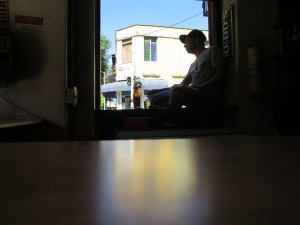
kids drinking bar at the counter say they prefer reggaeton, but I have hope they will discover the classics someday!
Rounds of beers were bought for us, bottles clanked together, names exchanged and nods from locals passing by who seemed pleased as well by the music pouring out from the bar. My friend John chatted in Spanish with a man named Alvaro, another patron who was going to New Jersey in March to visit his son and try to work. They had a playful arm wrestling challenge on the bar, while another man behind us insisted that I watch him act out the lyrics to an Olimpo Cardenas song in a very theatrical show of emotion. It was one of those moments you want to capture in photos and video but just can’t. The young boys in baseball caps stood now at the far window of the bar on the street smoking and observing. I asked them if they knew that there was a record store just across the way, and they shook their heads. They like reggaeton, Claudia told me, not the old music. I tried to explain how important it is to know the music from Latin America and how it influenced the music they listen to now and that records are really cool and important pieces of history. I was preaching to the wrong crowd but who knows, maybe it sunk in. They said there is some reggaeton guy that samples classic music, so there may be hope!
I was so comfortable in that bar. It reminded me of some of the seedy areas in Barcelona I liked to frequent when I lived there as a student, before it became the city it became after the Olympics. There was a palpable feeling that life happened in these streets, the good and the bad and all that comes in between. It was real. There was no filter, no watered down version, nothing pretending to be anything other than what it was, and it was majestic. These people loved and laughed and danced and didn’t need to read a book or wear a slogan on their shirt to remind themselves to do it. There was nothing else but that. And it was intoxicating.
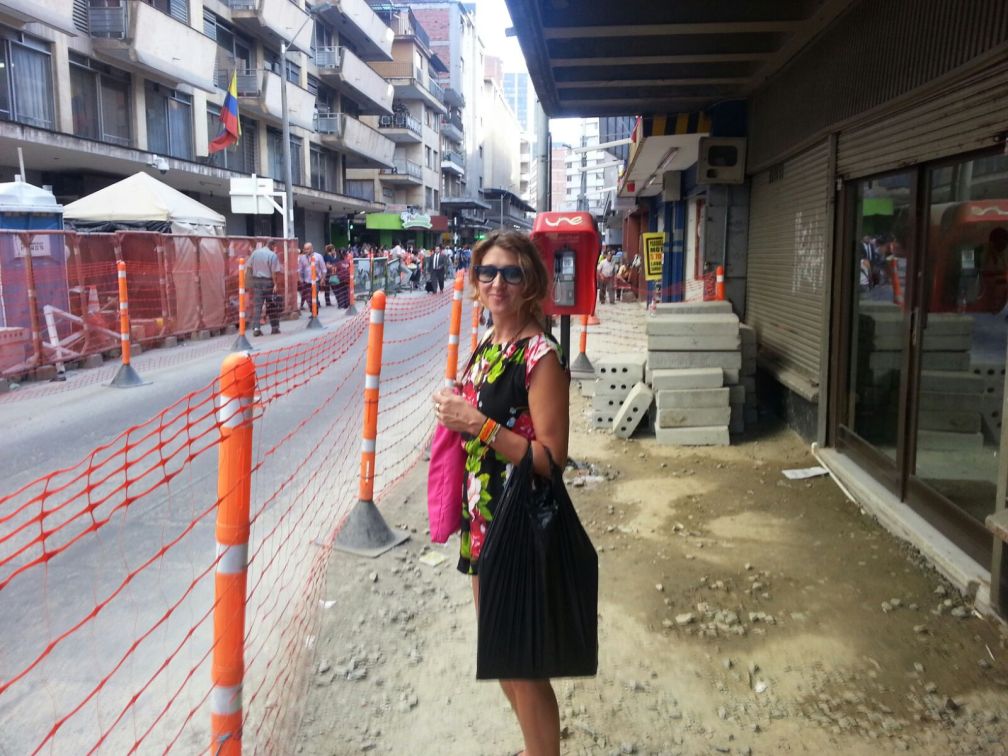
I will always prefer to be lost in a city, in the seediest neighborhood, than to be safely seated exactly where a guidebook, or a map tells me I should be. That little bit of losing yourself in a moment, in a place, and with total strangers who can instantly feel like family is the reason I travel, and why I will always want to search for records wherever I go.

